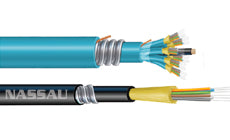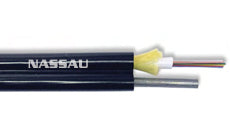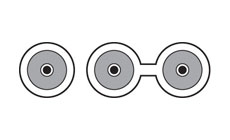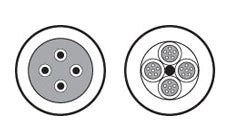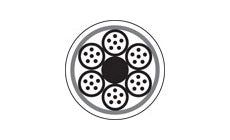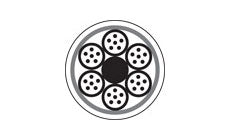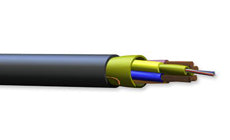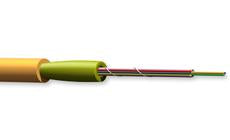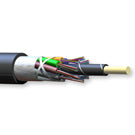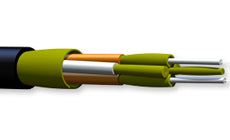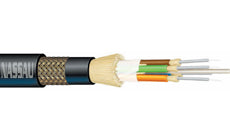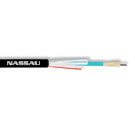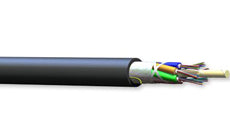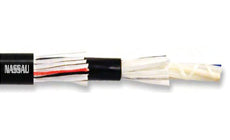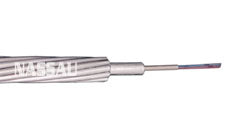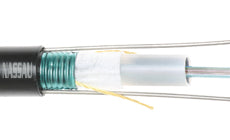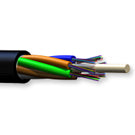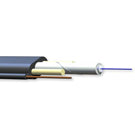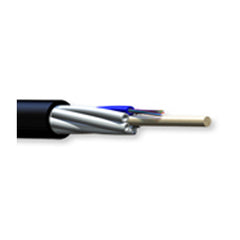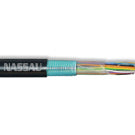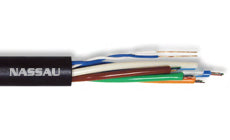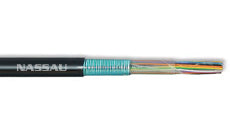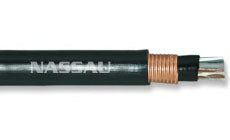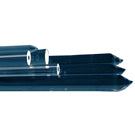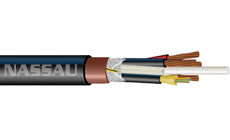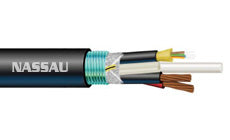Fiber Optic Cable
A fiber optic cable consists of a bundle of glass threads, each of which is capable of transmitting messages modulated onto light waves. The information is received at one end and converted into light, which travels through the cable and delivered at the other end and converted back into a message. Fiber optics has several advantages over traditional metal communications lines because they have a much greater bandwidth (range of frequencies used to transmit a signal) than metal cables.
Fiber optic cables are used in telecom systems. The internet is a popular example of how fiber optic cables are used. Fiber optic cables have become the preferred wired connection for internet, replacing telephone lines and copper Ethernet cables. They are inexpensive, secure and lightweight. Plus they are capable of transmitting far more data within a given timeframe than their predecessors.
Medical institutions have found uses for fiber optic cables and continue to spawn new fiber optic-based technology. One of the most popular uses for fiber optic cables in medicine is the gastroscope. This was one of the first medical inventions using fiber optic technology and it allows doctors to see inside a patient’s body without having to perform major surgery. Though the gastroscope is still widely used in the medical field, medical equipment has evolved to even more advanced technology that relies on fiber optic cables.
The fiber optic cable is even trusted by the military to connect military bases and other installations. Fiber optic cables are more cost-efficient, lightweight, and secure than copper wire, so there has been an increasing effort to replace outdated copper communications cables with fiber optic cables. Additionally, fiber optic cables are immune to lightning strikes, which cause severe damage to traditional cable systems. In airplanes and helicopters, it is common to see fiber optic cables instead of traditional ones for this reason.





